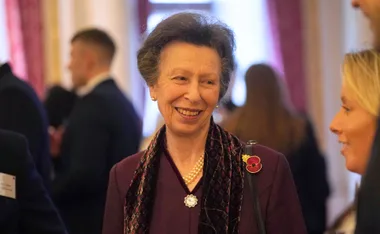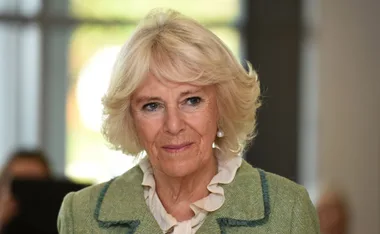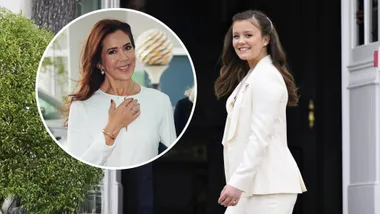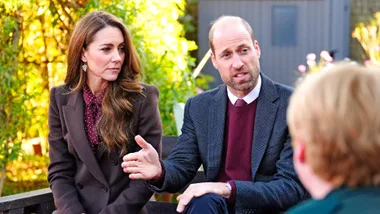When it comes to royal tradition, the British monarchy is steeped in centuries of customs, rules – and yes, superstitions.
From cursed jewels to phantom footsteps and even the safest way to make sandwiches, certain beliefs have been strongly held and passed on from generation to generation. But is there any truth behind them?
We turned to an expert on the matter – Caterina Ligato from The Australian Ghost Whisperer podcast – to find out.
She says that although some of these superstitions “may appear nonsense to us”, they’re definitely real to the royals.
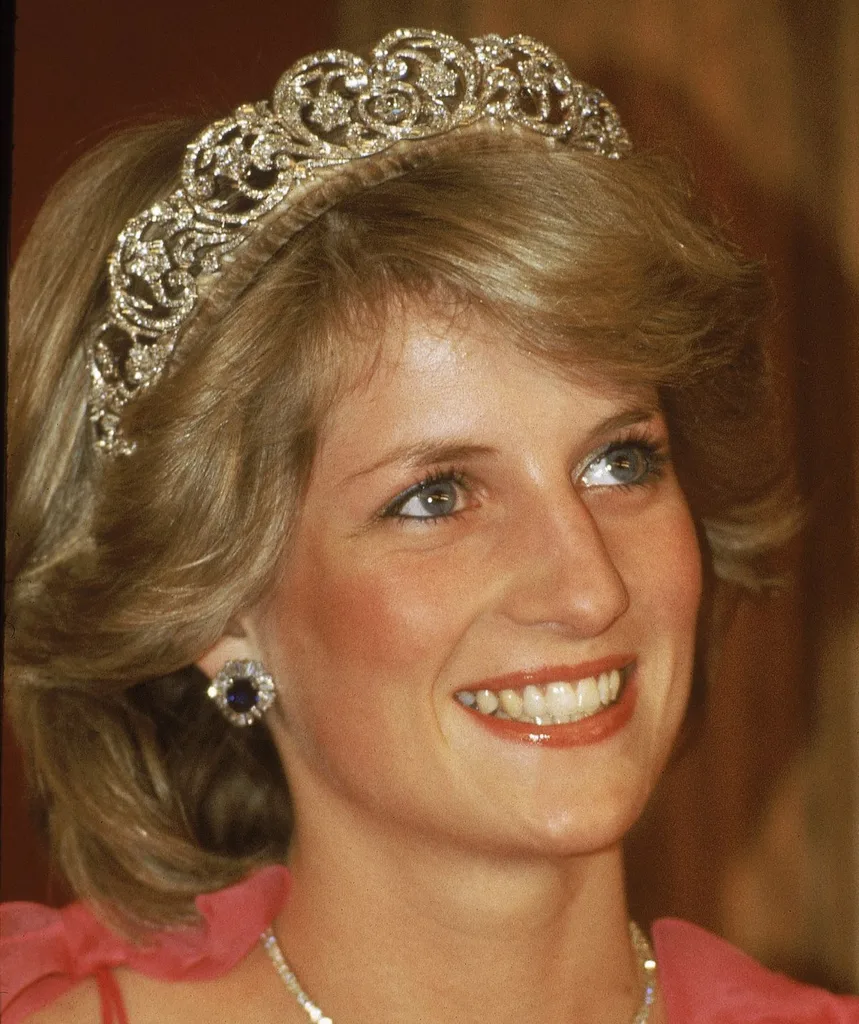
When talking about the royal jewels, for instance, Caterina says, “I hear they do have mystical powers because they’ve been passed through generations and generations.
“So they’ve accumulated all this energy from all the family members that have owned them, and they’ve been used in ceremonies.
“We know crystals, diamonds… they contain energy. So absolutely, they would hold mystical energies. I think that’s why they’re so protected and why they’re kept enclosed and only worn on special occasions.”
Basically, she says, all this superstition boils down to ceremony. “They keep their superstitions sacred because it’s a part of who they are that makes them different to everybody else,” Caterina explains.
“Everything about them is ceremony. Ceremony is all about particular events because there’s a special time and meaning for every ceremony they do.”
Without further ado, here are 13 of the strangest superstitions of one of the world’s most famous families.
13 ROYAL FAMILY SUPERSTITIONS
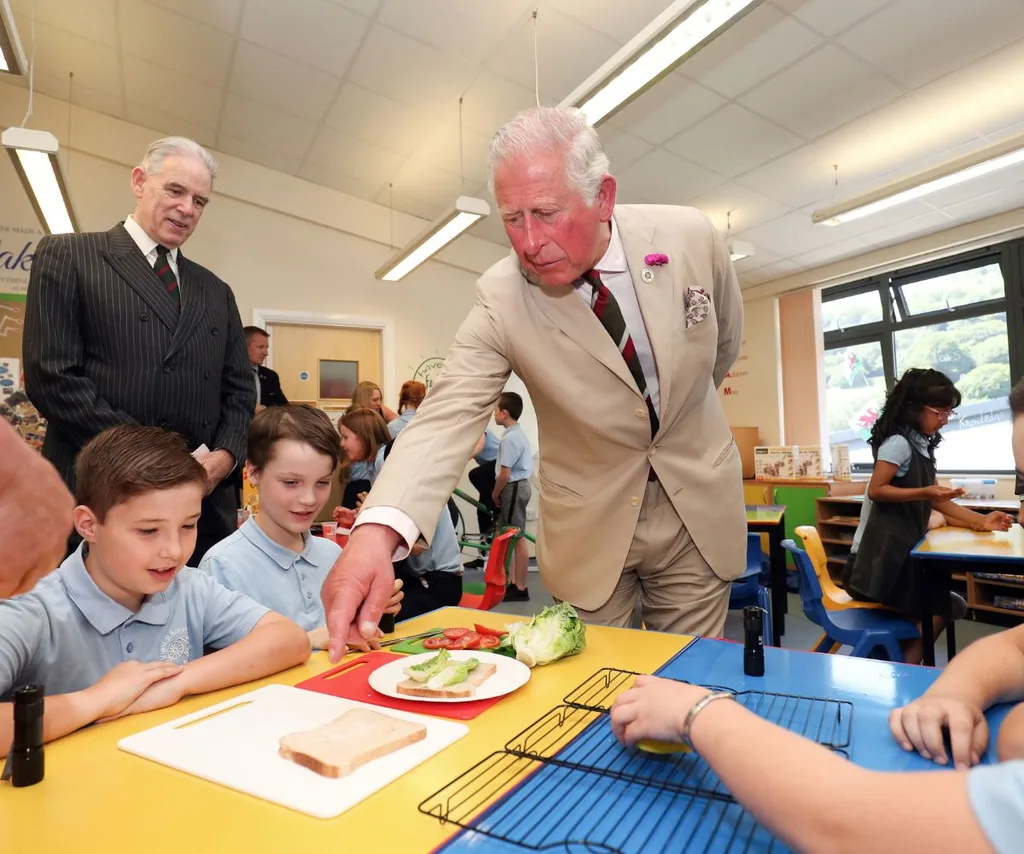
01
Eating square sandwiches risks having the King overthrown
In Secrets of the Royal Kitchen, former royal chef Graham Newbould claimed that the royals never have square-shaped sandwiches.
“Tradition has it that anyone presenting them with pointed-edged food is trying to overthrow the throne of England,” he said.
For this reason, he went on to say that he never served the late Queen Elizabeth a square sandwich. Instead, she enjoyed small “jam penny” sandwiches as part of her afternoon tea.
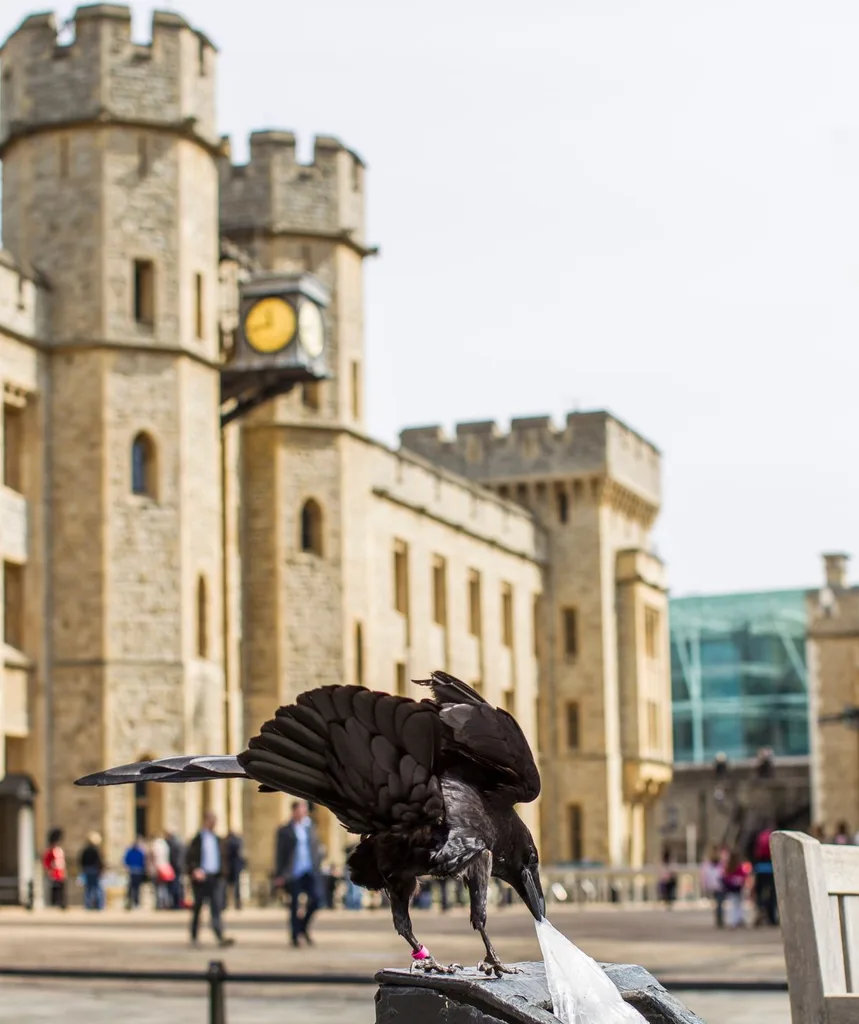
02
The Tower of London ravens
One of the most famous superstitions connected to the Royal family is the belief that if the ravens ever leave the Tower of London, both the Crown and the kingdom will fall.
To avoid this dreadful fate, at least six ravens are kept at the Tower at all times. Their wings are even clipped to ensure they don’t fly away.

03
The ghosts of Windsor Castle
Windsor Castle, the favoured royal residence of Queen Elizabeth II, is said to be haunted by several past monarchs.
The spirits of King Henry VIII, Queen Elizabeth I and King George III are all rumoured to wander the halls.
Some members of the royal family have reportedly felt their presence or seen ghostly figures, supporting the castle’s long-standing (and super eerie) lore.
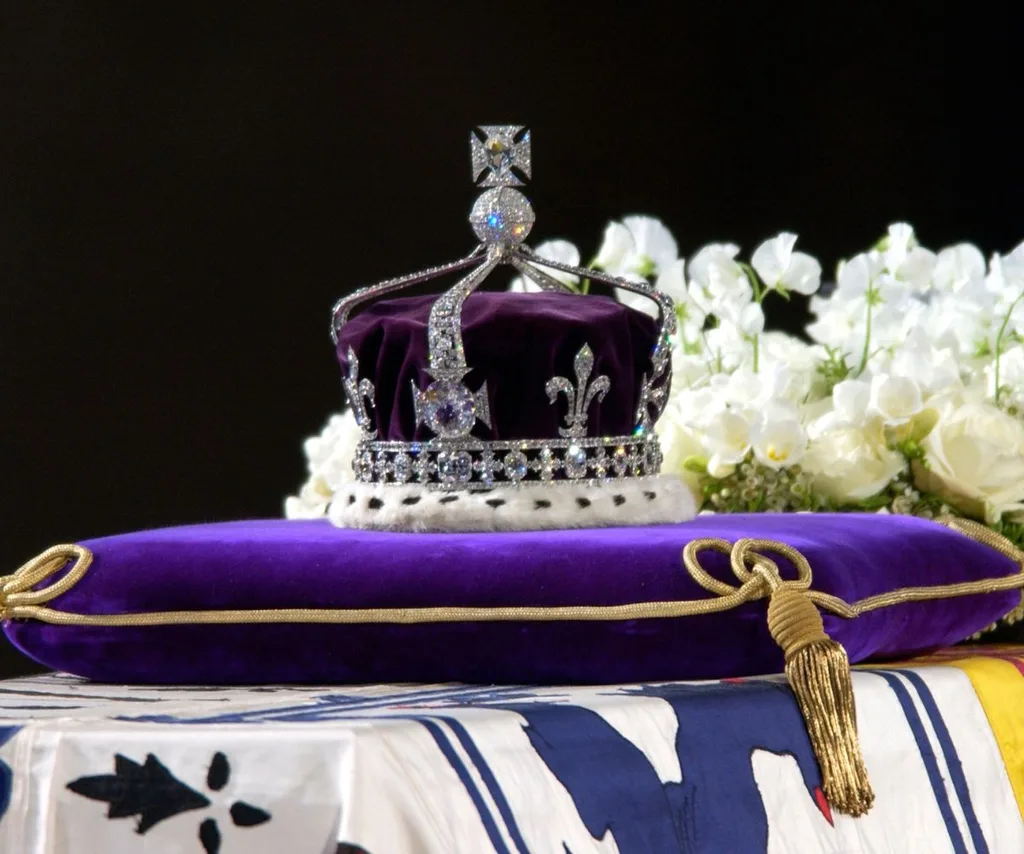
04
The Kohinoor diamond curse
Part of the British Crown Jewels, the famous Kohinoor diamond is believed to carry a curse, making it one of the most prized – and feared – jewels in their collection.
The superstition goes that any man who wears the diamond will face misfortune, so it has only ever been worn by women in the royal family.
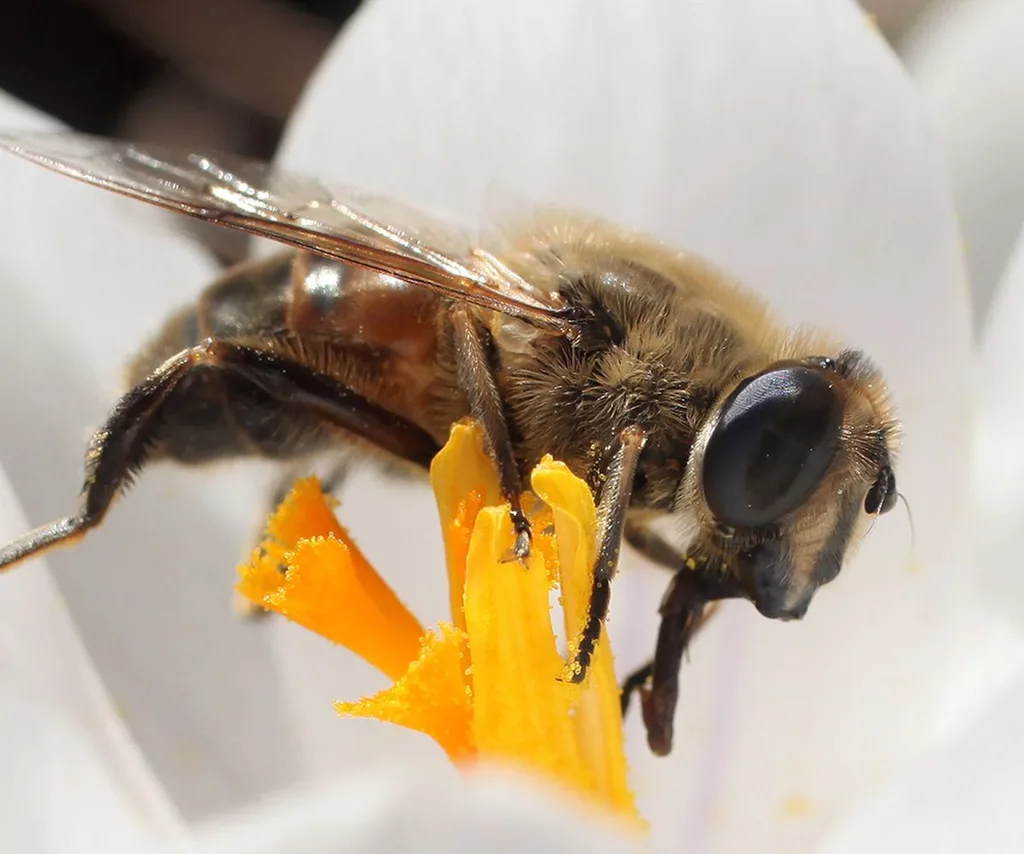
05
Royal bees must be alerted of a monarch’s death
In a tradition that dates back centuries, royal beekeepers must inform the bees of a monarch’s death. If the bees aren’t told, it’s believed they will leave the hive or die themselves.
When the Queen died, Palace beekeeper, John Chapple, told Mail Online that he travelled to Clarence House and Buckingham Palace to tell the seven bee hives.
As for how the long-held practice is carried out, he said: “You knock on each hive and say, ‘The mistress is dead, but don’t you go. Your master will be a good master to you.”

06
The royal touch
For centuries, it was believed that monarchs could heal the sick with their magic touch.
The practice, known as the “royal touch”, was a ceremony that, reportedly, saw the monarch restore health to the sick simply by touching them.

07
Coronation day mishaps curse
Coronation days mishaps are steeped in superstition, with many believing that any accident or mistake during the coronation ceremony is a bad omen, potentially signalling a troubled or ill-fated reign.
Discussing the Queen’s coronation at age 27, Anthony Geffen, who had interviewed the queen for a documentary about her coronation, told The Times 2Arts how fortunate Elizabeth was that hers went well, given her young age and inexperience.
“She was just 27 when she was crowned and there is a strong tradition in the history of the English coronation that anything goes wrong it is seen as an ill omen,” he explained.
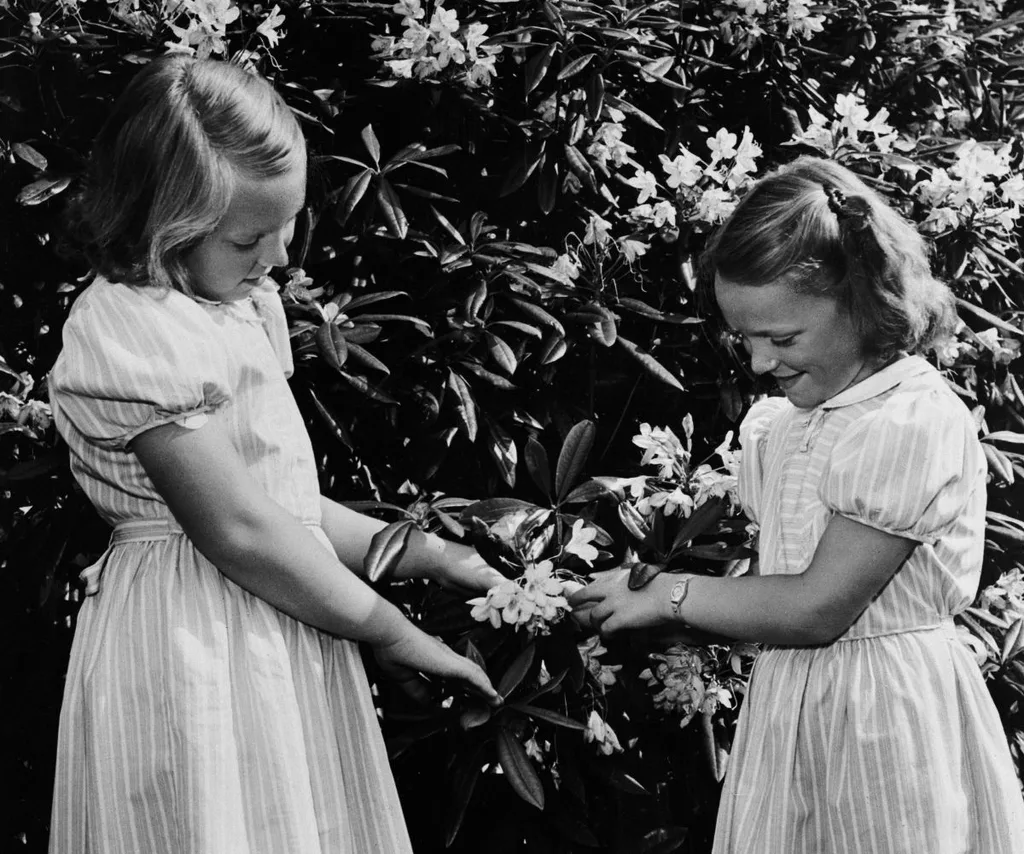
08
White heather for good luck
White heather has long been considered a good luck charm, which has made it a ‘must’ for the royal family during public events or significant occasions.
It’s seen as a protector against bad fortune, with many royals spotted clutching a sprig for good measure.

09
Royal gems possess “mystical powers”
“Royal jewellery has shone with gemstones that possess ‘mystical powers’ since the Middle Ages,” jeweller Steven Baker told the Express.
His company supplied Princess Diana’s sapphire engagement ring, which was passed down to Prince Harry who then gave it to Prince William and now belongs to Princess Catherine.
“Mainly sapphires are renowned for strengthening fidelity and commitment as well as bringing stability and prosperity to the financial situation,” Steven explained, adding that was why Queen Victoria, a very superstitious royal, wore a giant sapphire on the day of her wedding.

10
The “Balmoral Test”
While not exactly a supernatural superstition, the “Balmoral Test” is a long-held belief among royals.
Basically, if a newcomer doesn’t enjoy their time at Balmoral Castle, they’re considered unsuitable to join the family.
Probably unrelated but it’s said that while Prince Harry grew up going to Balmoral, it’s believed that Meghan Markle has never visited the royal family’s Scottish castle.
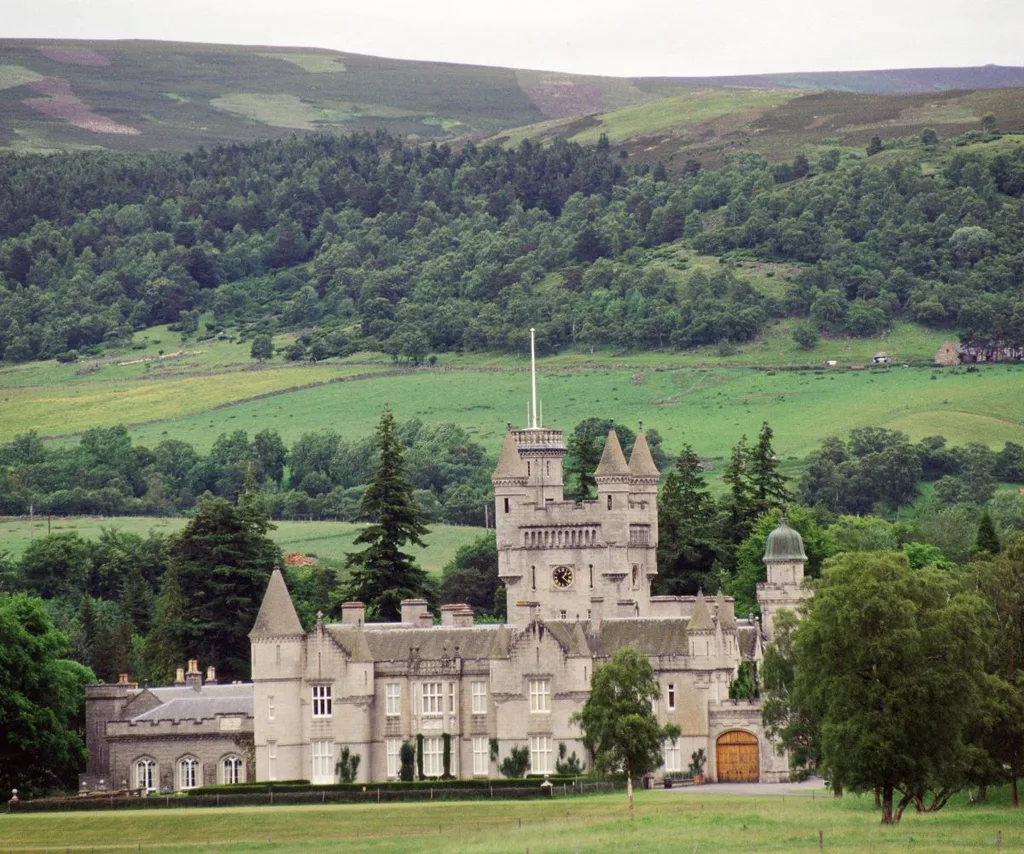
11
The ghost of Queen Victoria at Balmoral
Speaking of Balmoral, it’s said to be haunted by the spirit of Queen Victoria.
Some royals believe that her ghost still watches over the estate, keeping an eye on her descendants.
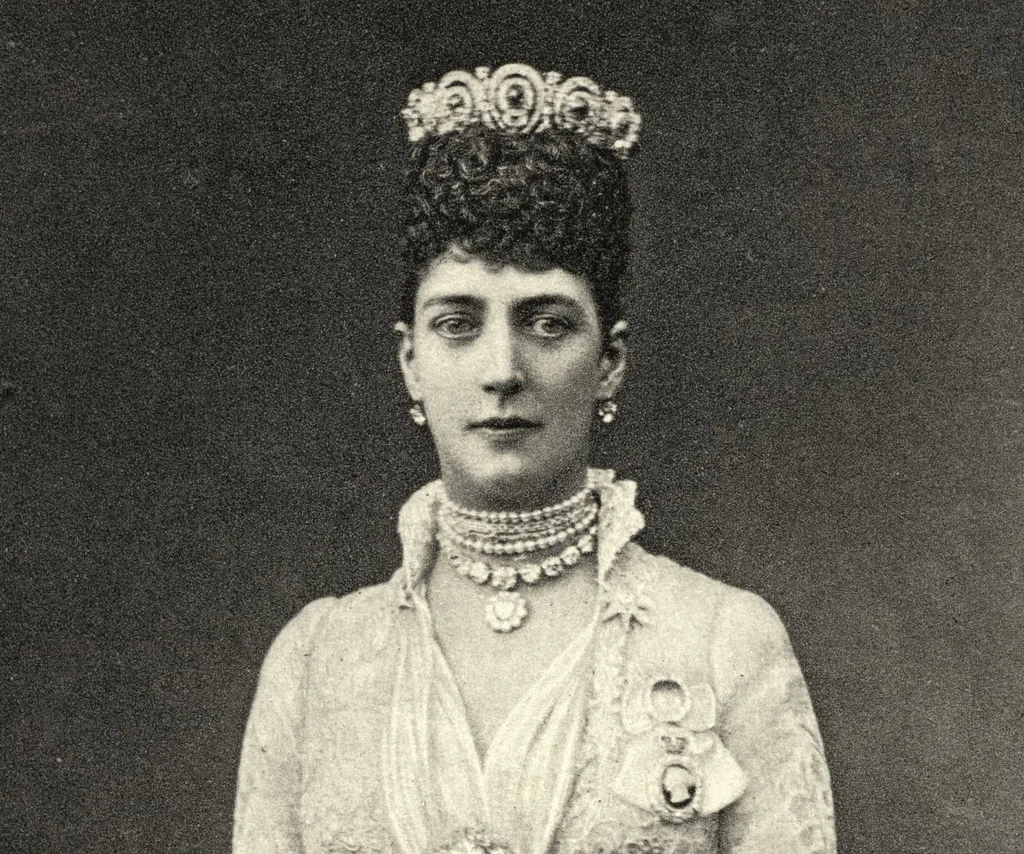
12
The opal superstition
In the late 19th century, Queen Alexandra was particularly superstitious about opals. She believed that wearing the gemstone brought bad luck and illness, leading to the royal family avoiding opals for many years.

13
Phantom footsteps at St. James’s Palace
An unsettling superstition claims that hearing phantom footsteps at St. James’s Palace is a sign of death in the royal family.
The palace’s haunted reputation has only grown over the centuries, leaving many to wonder if the footsteps are actually superstition – or something more.


